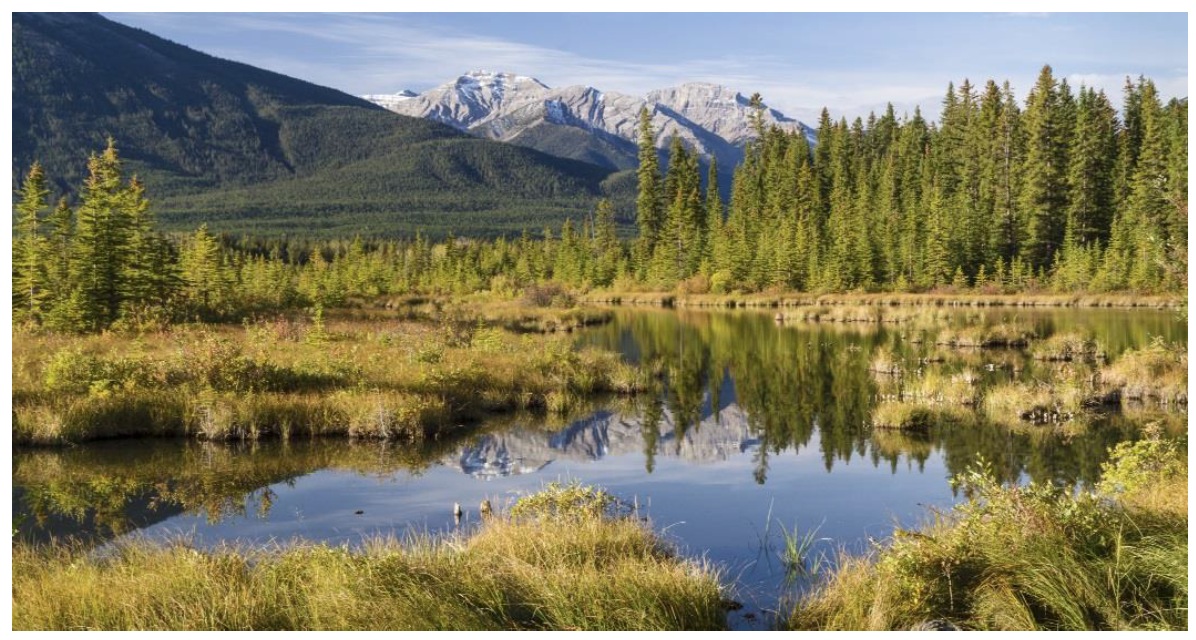
Polluted stormwater runoff is one of the greatest threats to clean water in the nation. EPA-New England launched its “Soak up the Rain” outreach program to raise public awareness about these threats, and help communities understand how green infrastructure (GI) strategies can help mitigate runoff damage. GI uses natural processes (vegetation and soil infiltration) to absorb and treat runoff at its source while offering additional benefits that can include flood mitigation, economic protection, habitat preservation and quality of life improvements. This video shows citizens from several communities using GI to mitigate their stormwater problems; people including school principals, municipal DPW officials, residential property owners and landscape professionals. The video also illustrates how Soak up the Rain actively promotes community efforts to reduce runoff and showcases specific GI projects.
View this complete post...
Tags: EPA, GI, Green Infrastructure, Runoff, safety, Soak Up The Rain, stormwater, United States Environmental Protection Agency
Posted in
Local, Show Us Your Infra, Urban Planning, Wastewater
Comments Off on U.S. EPA: New England is Using Green Infrastructure to “Soak Up The Rain”























 RSS Feed
RSS Feed